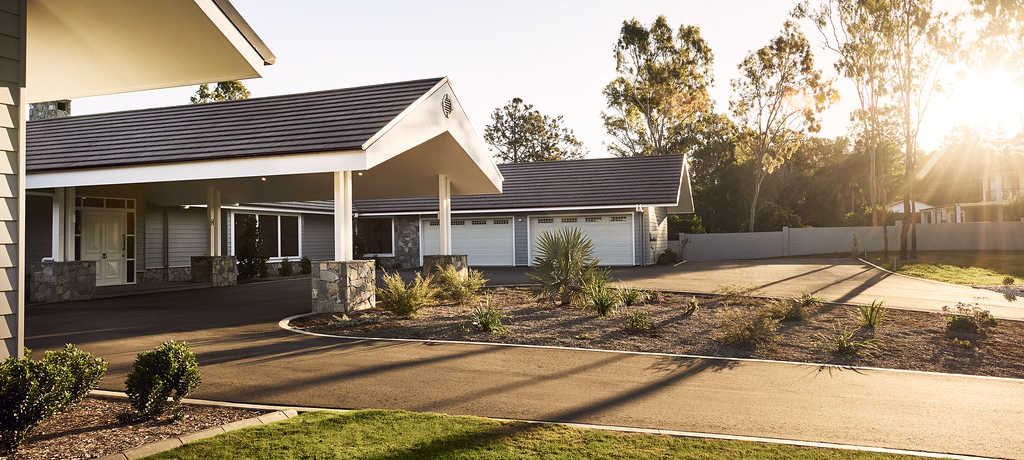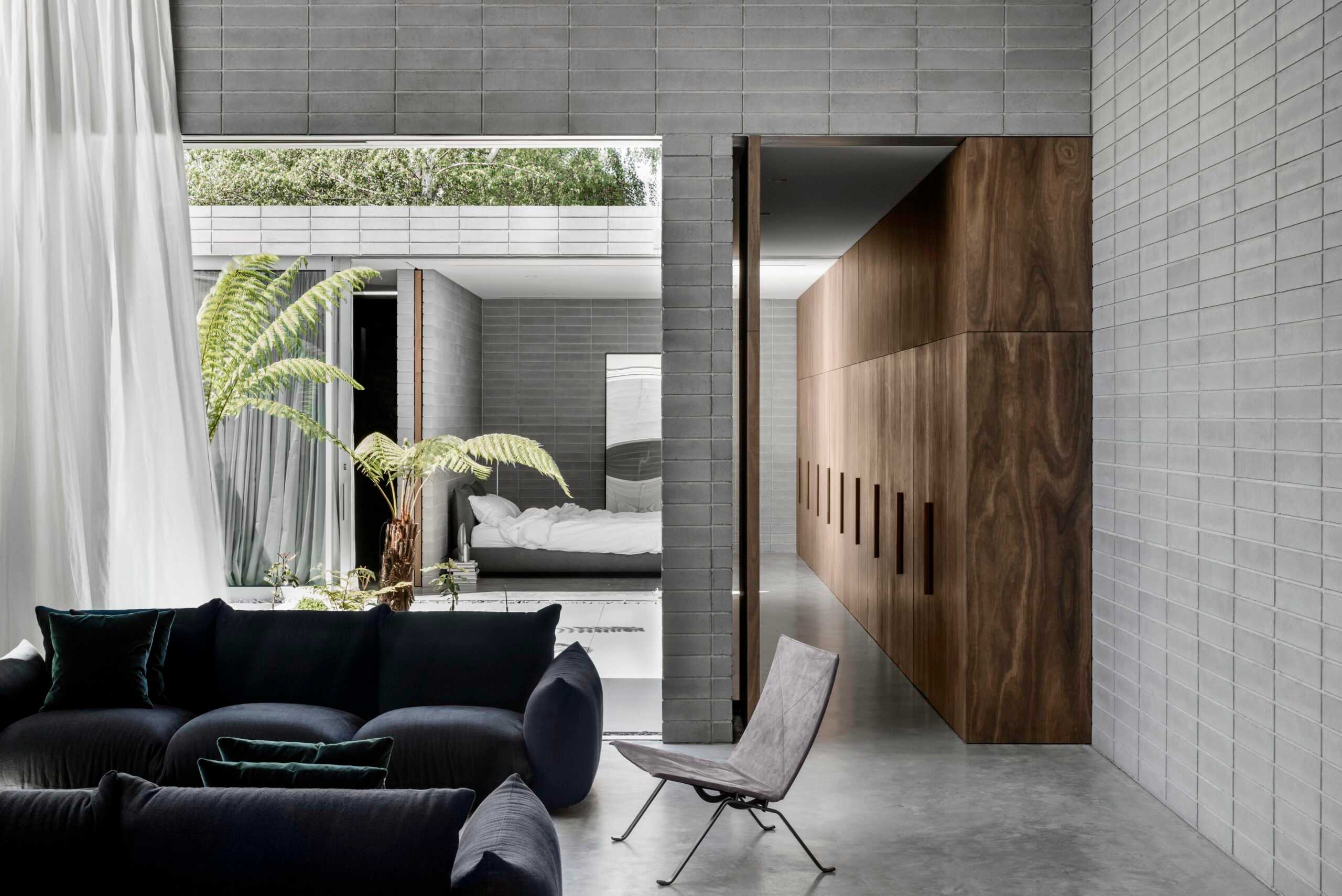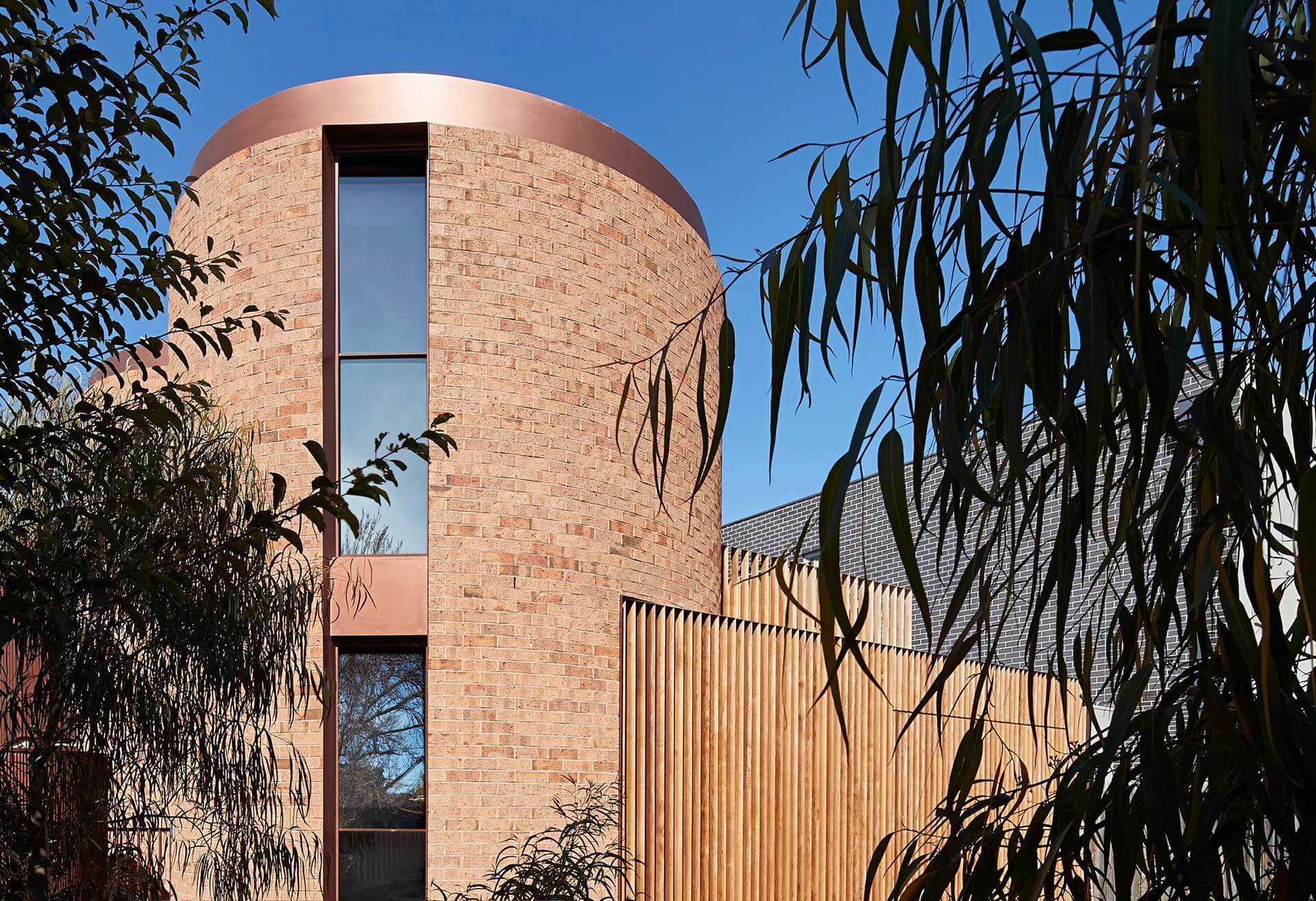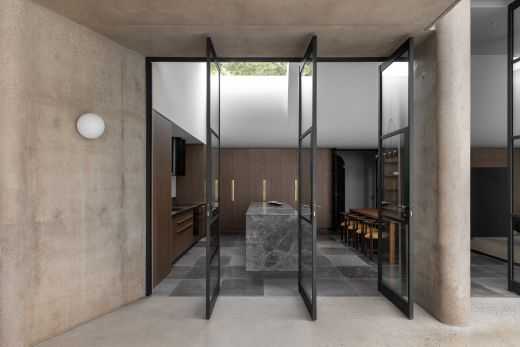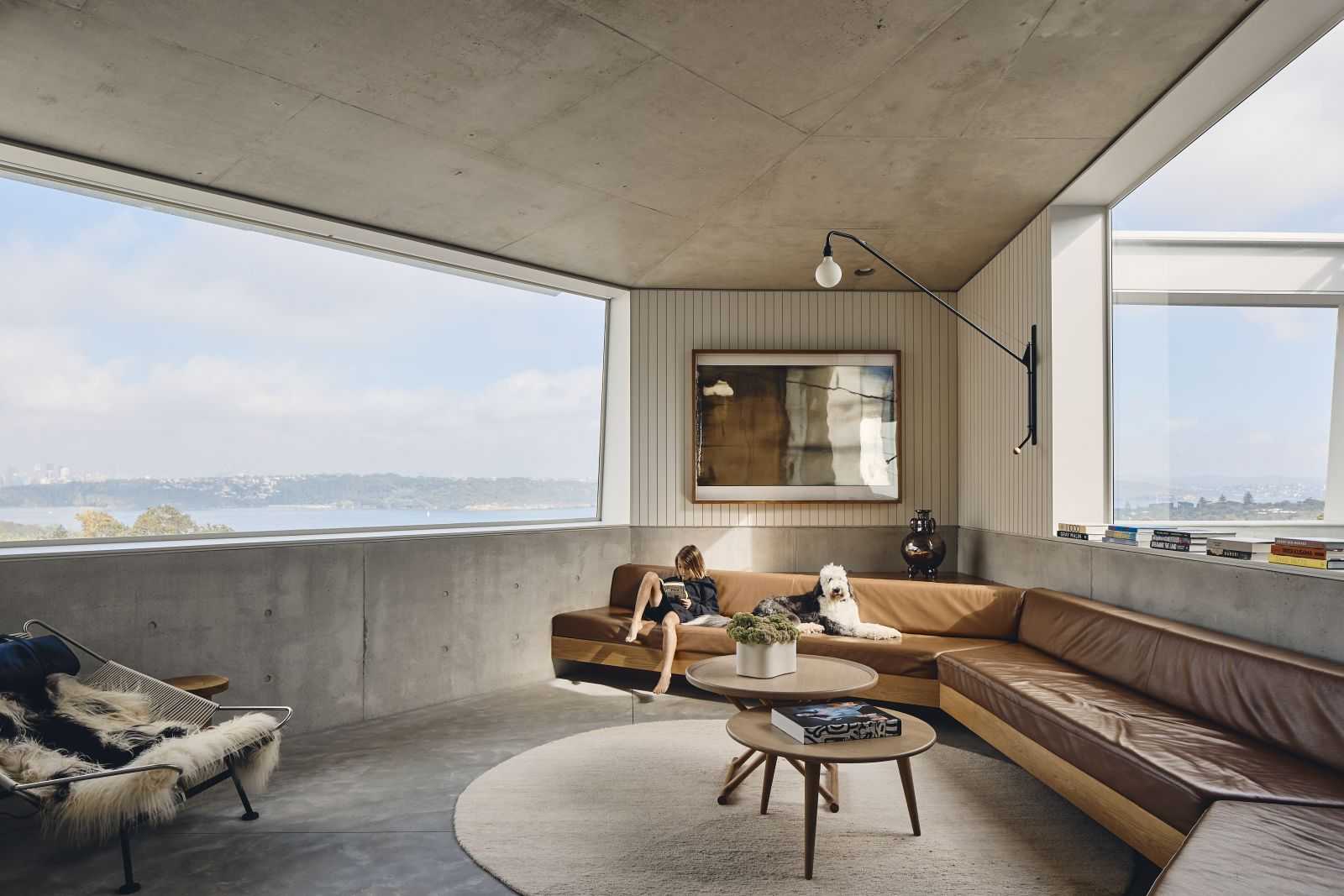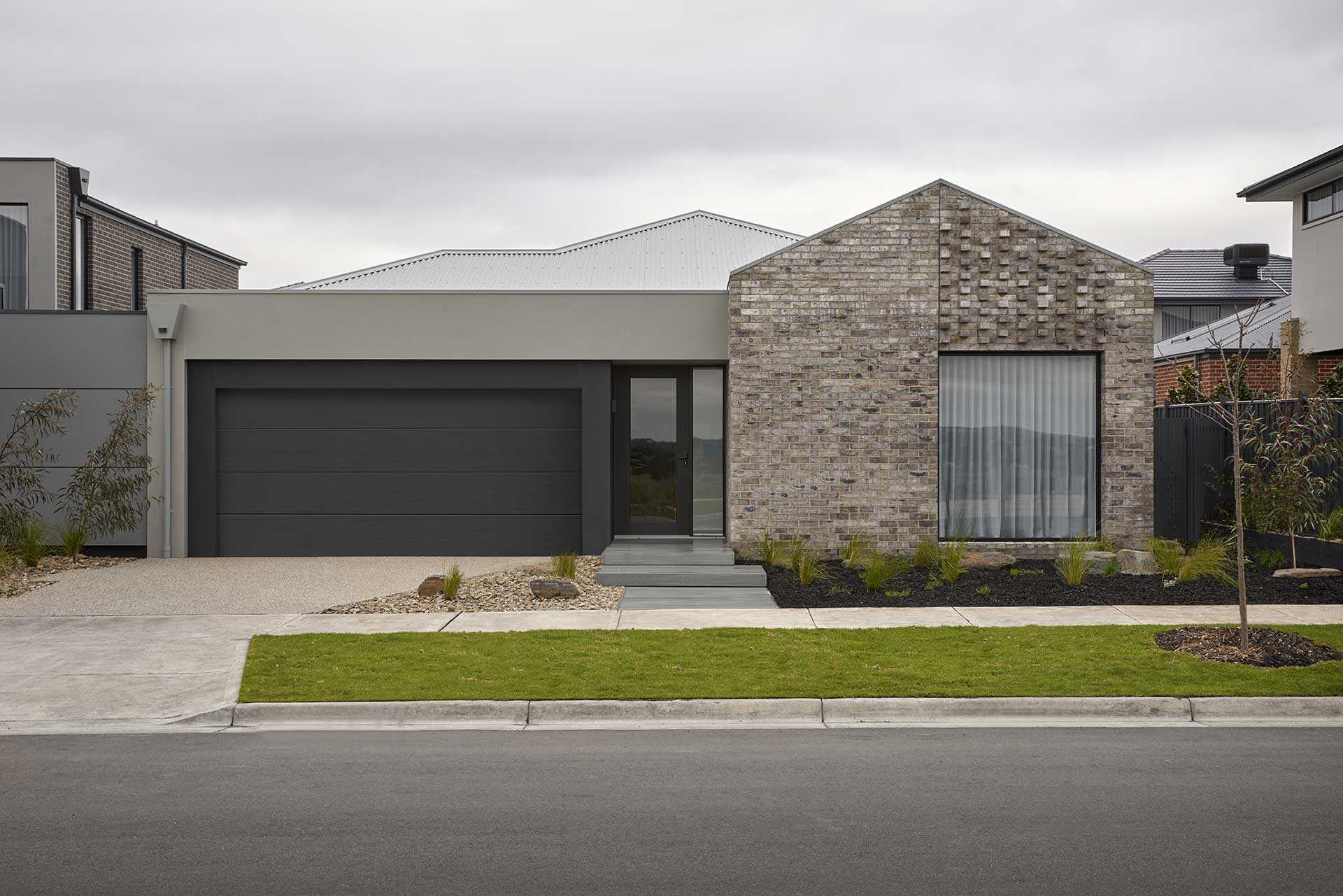
News, Sustainability
The University of Queensland’s Aquatic Performer
UQ’s sports fields redevelopment are riding high after the destruction of the 2011 floods.
Get In Touch
Build your dream home.
Learn about our products.
Learn about our products.
Learn from the best.
Join us at an event.
Join us at an event.
Tags
Please register for this event
Get Inspired
Stay up to date with the latest trends, products projects and more on Instagram.
